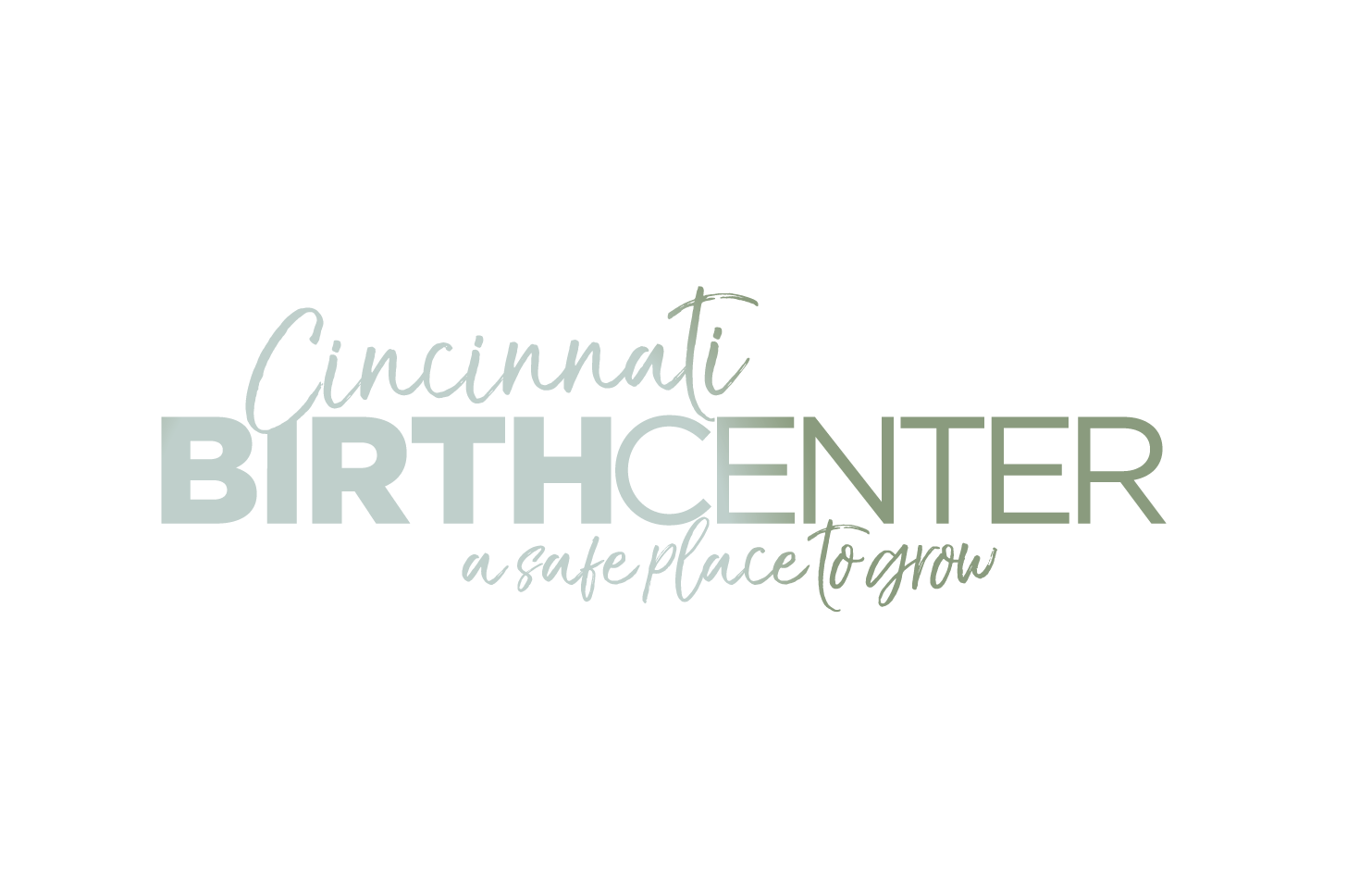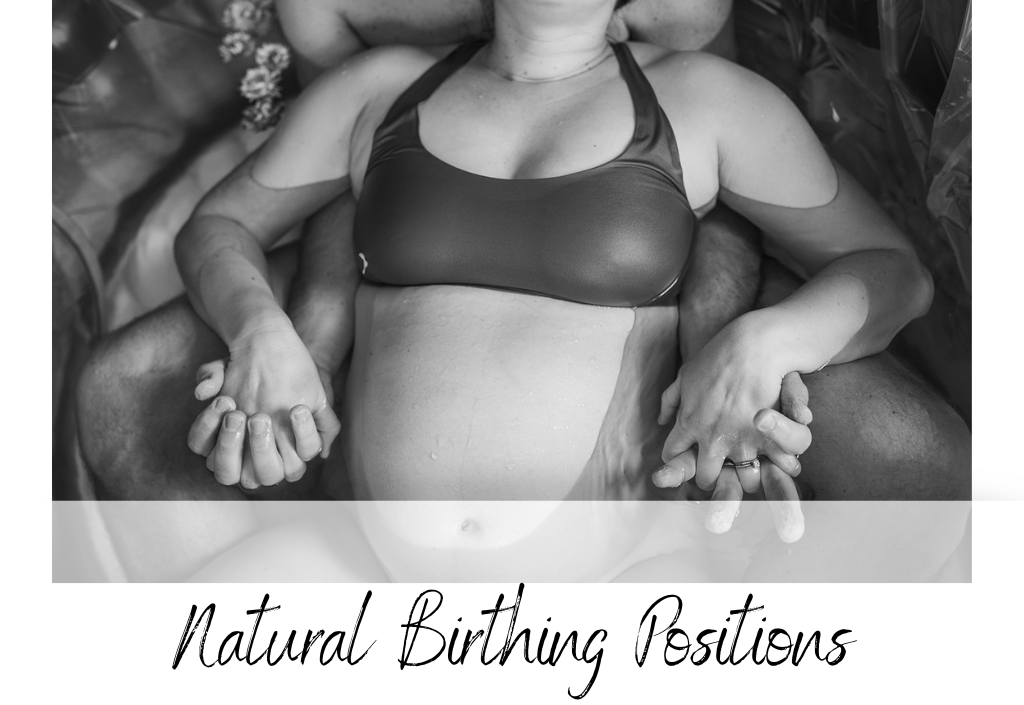Choose Your Birth Story with Natural Birthing Positions
/Natural birthing positions allow mothers to connect with their bodies and embrace instinct to guide them through the process of delivering a baby. Trust that your body knows what it is doing. Adopting a natural position lets you lean into a more intuitive and physically beneficial birthing experience.
Natural vs. Traditional Birthing Positions
Natural positions for labor and delivery tend to need less medical interventions and put less stress on the mother and baby. Since most of these positions work with gravity, they create a more efficient and speedy labor. Other benefits include:
Reduced Tearing:
Natural positions facilitate a smoother descent for the baby, reducing the likelihood of tearing and minimizing trauma to the perineum.
Optimal Fetal Positioning:
These positions encourage the baby to align itself in the most favorable position for birth, enhancing the efficiency of the birthing process.
Empowerment and Comfort:
Natural birthing positions empower mothers to actively participate in the birthing process, fostering a sense of control and comfort.
Traditional positions, such as the supine (lying on the back) or lithotomy (legs in stirrups) positions are commonly advocated in hospital settings. While they are convenient for medical staff, these positions often work against gravity, potentially prolonging labor and increasing discomfort.
Traditional positions are also often associated with a higher likelihood of medical interventions, including episiotomies and assisted deliveries. While medical interventions are sometimes necessary, routine “one-size-fits-all” approaches can lead to unnecessary interventions.
The Best Positions for Natural Birth
Contrary to traditional birthing positions pushed by many hospitals, such as lying on the back, natural birthing positions recognize the body's inherent design for bringing new life into the world. These positions create an ideal space for the baby to exit, reduce the possibility of tearing, and allow you to feel as comfortable as possible.
1. Squatting:
In the squatting position, gravity works in your favor, allowing the baby to descend more easily. This position widens the pelvic outlet, reducing pressure on the perineum and decreasing the likelihood of tearing. Many mothers find that squatting on the toilet speeds up the process since their pelvic muscles are used to working in that position.
2. Hands and Knees:
Adopting a hands-and-knees position can ease back pain and provide optimal positioning for the baby to navigate through the birth canal. Going on your hands and knees reduces pressure on your spine and opens up the pelvis, creating a more comfortable and efficient labor.
3. Standing or Leaning Forward:
Remaining upright and leaning forward encourages the baby to move down the birth canal, taking advantage of gravity. This position often leads to a more open pelvic inlet, reducing the strain on the perineum and minimizing the risk of tearing. You can hang onto your partner for support or lean against the edge of your bed or other prop.
4. Side-Lying:
The side-lying position is a comfortable alternative that promotes optimal fetal positioning. It may reduce the intensity of contractions, allowing the mother to conserve energy for the pushing stage. It also relieves stress on the perineum, which minimizes tearing.



